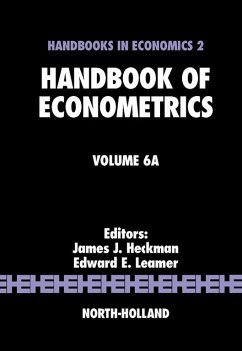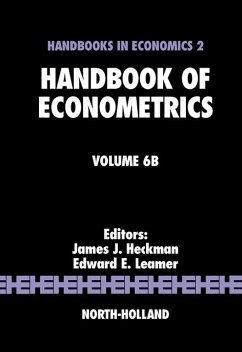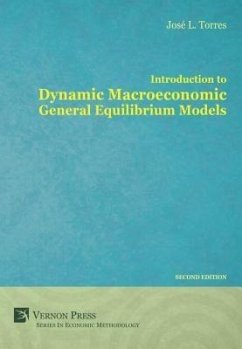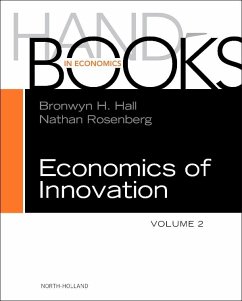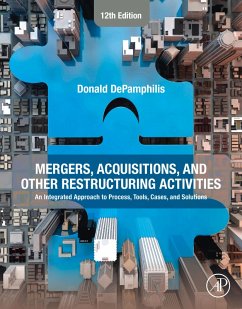
Handbook of Computational Economics (eBook, ePUB)
Versandkostenfrei!
Sofort per Download lieferbar
86,95 €
inkl. MwSt.
Weitere Ausgaben:

PAYBACK Punkte
43 °P sammeln!
Handbook of Computational Economics summarizes recent advances in economic thought, revealing some of the potential offered by modern computational methods. With computational power increasing in hardware and algorithms, many economists are closing the gap between economic practice and the frontiers of computational mathematics. In their efforts to accelerate the incorporation of computational power into mainstream research, contributors to this volume update the improvements in algorithms that have sharpened econometric tools, solution methods for dynamic optimization and equilibrium models, ...
Handbook of Computational Economics summarizes recent advances in economic thought, revealing some of the potential offered by modern computational methods. With computational power increasing in hardware and algorithms, many economists are closing the gap between economic practice and the frontiers of computational mathematics. In their efforts to accelerate the incorporation of computational power into mainstream research, contributors to this volume update the improvements in algorithms that have sharpened econometric tools, solution methods for dynamic optimization and equilibrium models, and applications to public finance, macroeconomics, and auctions. They also cover the switch to massive parallelism in the creation of more powerful computers, with advances in the development of high-power and high-throughput computing. Much more can be done to expand the value of computational modeling in economics. In conjunction with volume one (1996) and volume two (2006), this volume offers a remarkable picture of the recent development of economics as a science as well as an exciting preview of its future potential. - Samples different styles and approaches, reflecting the breadth of computational economics as practiced today - Focuses on problems with few well-developed solutions in the literature of other disciplines - Emphasizes the potential for increasing the value of computational modeling in economics
Dieser Download kann aus rechtlichen Gründen nur mit Rechnungsadresse in A, B, BG, CY, CZ, D, DK, EW, E, FIN, F, GR, HR, H, IRL, I, LT, L, LR, M, NL, PL, P, R, S, SLO, SK ausgeliefert werden.





